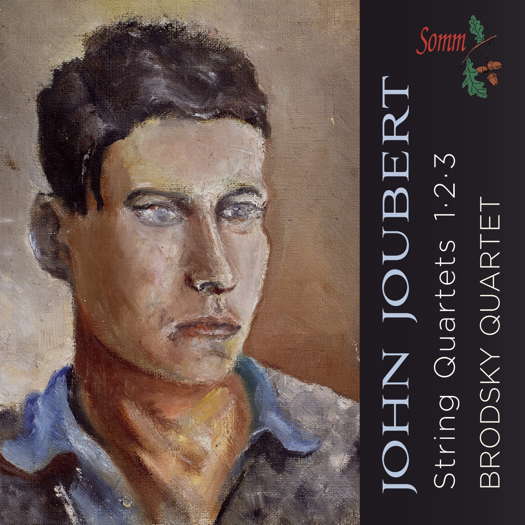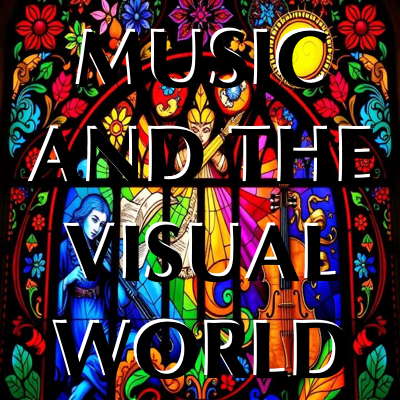 DISCUSSION: John Dante Prevedini leads a discussion about Music and the Visual World, including contributions from Celia Craig, Halida Dinova and Yekaterina Lebedeva.
DISCUSSION: John Dante Prevedini leads a discussion about Music and the Visual World, including contributions from Celia Craig, Halida Dinova and Yekaterina Lebedeva.
Gruesome and Engrossing
GIUSEPPE PENNISI experiences
Franco Alfano's rarely performed opera
'Risurrezione' in Florence
Firenze Opera/Teatro del Maggio Musicale Fiorentino have imported a production of Franco Alfano's Risurrezione from Wexford Opera Festival. I attended the 19 January 2020 performance; the orchestra seats were full but not those in the two tiers, mostly because this opera is a real rarity, previously staged in Florence only once, in 1929. Although very successful in the first fifty years of the twentieth century - there are records of more than a thousand performances in Europe and the Americas - it almost disappeared during the last seventy years. In Italy, for example, there have been only a few performances in Verona in 1987 and Palermo in 1990.
Franco Alfano (1875-1954) is remembered today less for his own operas than for his role in completing another composer's work, Turandot, left unfinished at the time of Puccini's death. However, there is more to Alfano's output than this would suggest - more even than his own ten or so operas would indicate, since he paid closer attention to the fields of orchestral and chamber music than many of his Italian contemporaries.
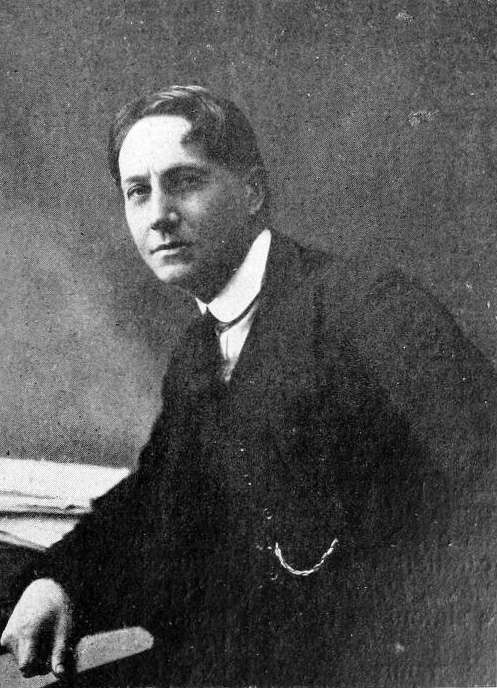
Franco Alfano (1875-1954) in circa 1919
Risurrezione, the opera that brought Alfano his first taste of fame, premiered in Turin in 1904 - the same year as Puccini's Madama Butterfly. Its Russian subject matter - the opera is based on Tolstoy's last great 550 page novel, Resurrection - anticipates a fashion in early twentieth-century Italian opera such as Giordano's Siberia and Fedora. Also the libretto is not in verse but in prose.
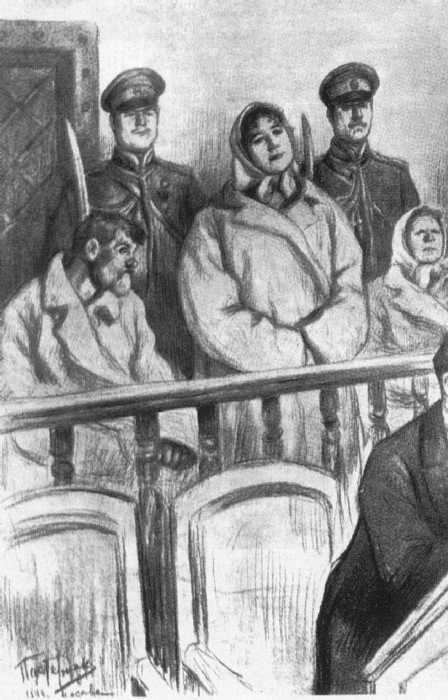
A pre-1910 illustration by the Russian
post-impressionist painter Leonid Pasternak
(1862-1945) in one of the early English editions
of Resurrection (published 1899)
by Russian writer Leo Tolstoy (1828-1910)
Risurrezione tells of the young aristocrat, Dimitri, who while serving on a jury recognises the prostitute Katerina Maslowa as the young girl he had once seduced, and how he rejects his former life and follows her to Siberia, trying to undo past wrongs. He obtains pardon for her and proposes to marry her, but she decides to be the wife of a political inmate, Simonson, who devotes his life to better the condition of his fellow prisoners.
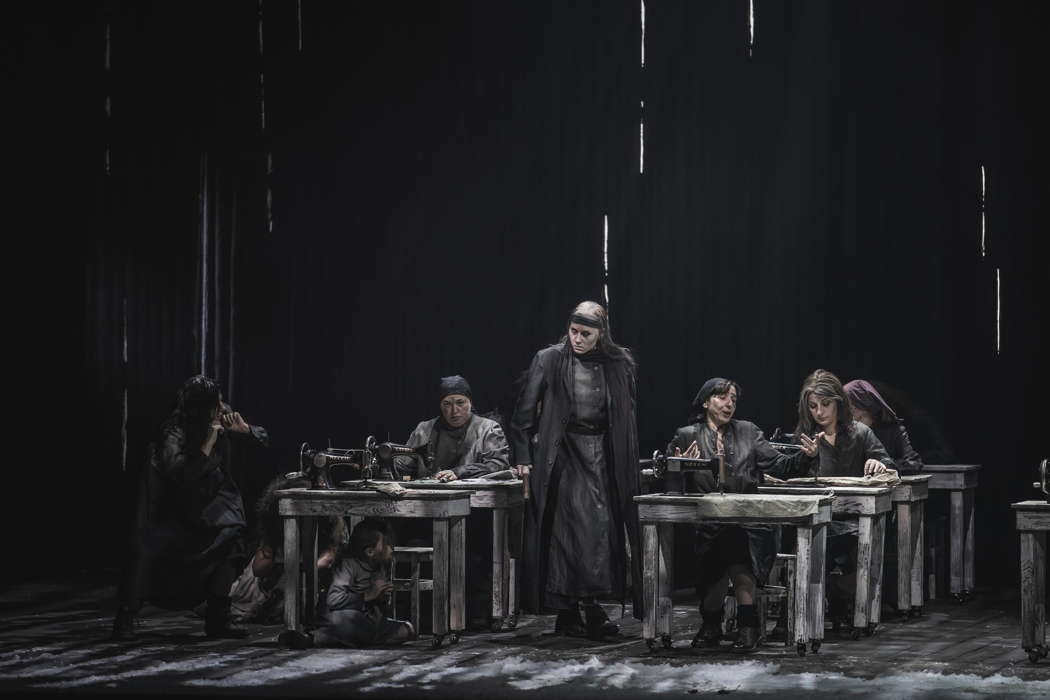
Ana Victoria Pitts as Vera-La Korableva and soloists from the choir of the Maggio Musicale Fiorentino in Franco Alfano's 'Risurrezione' in Florence. Photo © 2020 Michele Monasta
Tolstoy's complex critique of Russian society was particularly unsparing in its gaze on the Orthodox Church - so much so that it led to the writer's formal excommunication. Alfano's opera concentrates on the drama of personal relationships. The libretto by Cesare Hanau - four acts of half an hour each - is both gruesome and engrossing. The music follows verismo style: a careful orchestration (with symphonic interludes), polyphonic interventions by a large number - twenty-five - of minor characters, and lyric declamation sliding into arioso and enfolding into duets. Three duets are particularly significant, in the first, second and fourth acts.
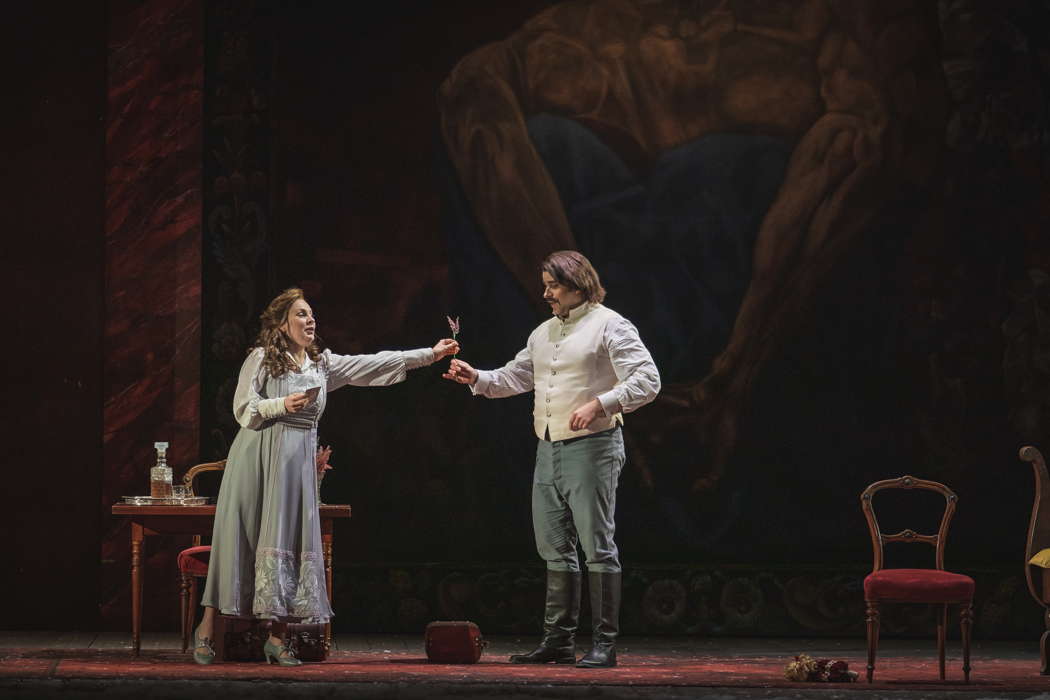
Anne Sophie Duprels as Katiusha and Matthew Vickers as Dmitri in Franco Alfano's 'Risurrezione' in Florence. Photo © 2020 Michele Monasta
It is easy to understand how the opera quickly became a hit in capitals from Paris to Chicago, containing as it does such arioso as 'Dio pietoso', a one-time favourite of the legendary Mary Garden as well as Magda Oliviero, Gianna Pederzini and, in the few recent revivals, Mirella Freni.
The production is quite impressive, especially because, with limited means, sets (by Tiziano Santi), costumes (by Claudia Pernigotti), lighting (by Ginevra Lombardo) and especially acting - Rosetta Cucchi is the director - create the Russian period atmosphere quite vividly and effectively.
Francesco Lanzillotta conducts the orchestra of the Teatro del Maggio Musicale Fiorentino skilfully. He pays great attention not to cover the voices with the large symphonic orchestration, and gives great attention to the third act interlude.
Of the original Wexford production, only the protagonist, the French Anne Sophie Duprels as Caterina, is in the Florence cast. She is an impressive soprano who handles an impervious role very well - especially the taxing monologue that fills almost the entire second act.
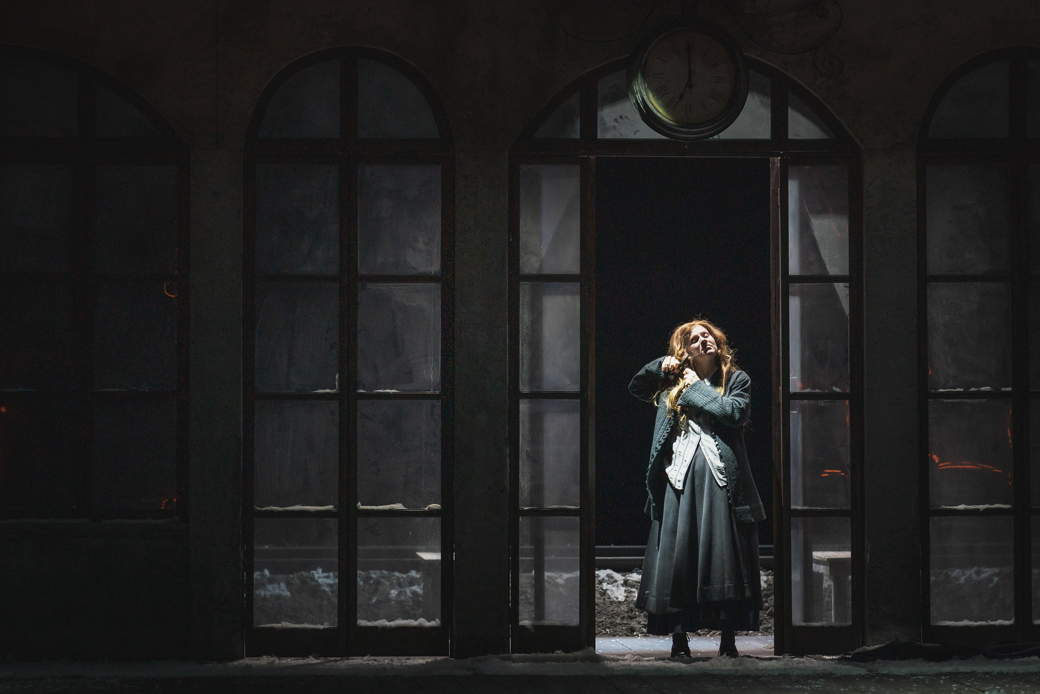
Anne Sophie Duprels as Katiusha in Franco Alfano's 'Risurrezione' in Florence. Photo © 2020 Michele Monasta
Dimitri is the American tenor Matthew Vickers with a strong centre register and a very good volume.
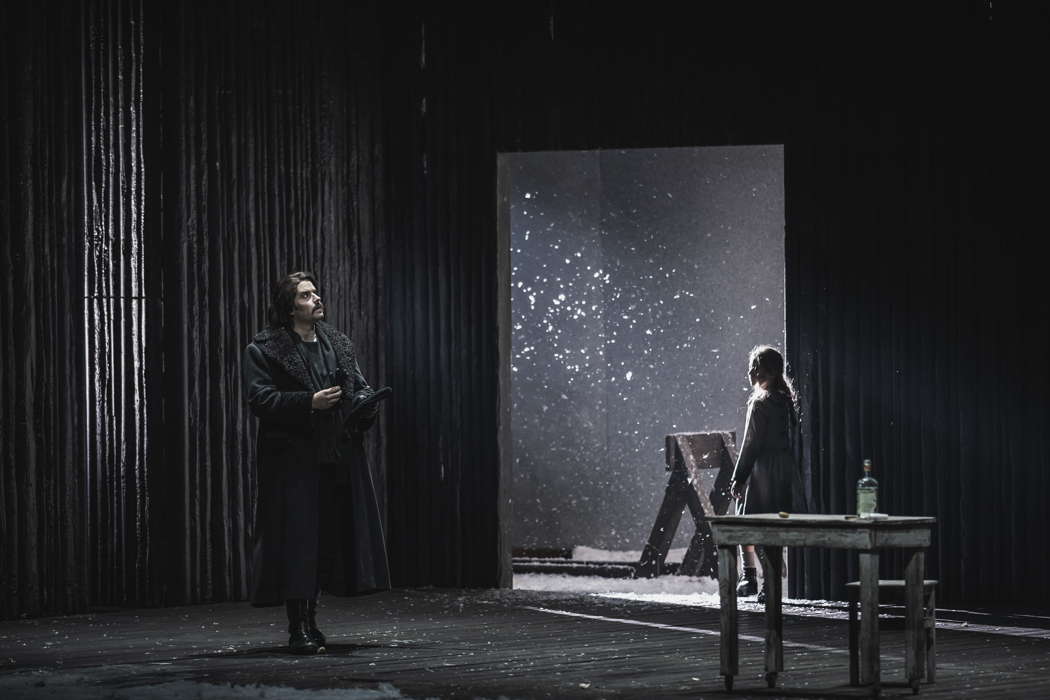
Matthew Vickers as Dmitri and Silvia Romani as Fedia in Franco Alfano's 'Risurrezione' in Florence. Photo © 2020 Michele Monasta
The Korean baritone Leon Kim is Simonson: he has the opera's only romanza and renders it effectively.
There was warm applause and ovations for Anne Sophie Duprels.
Copyright © 22 January 2020
Giuseppe Pennisi,
Rome, Italy



